Finding a Rock and Gaining an Audience
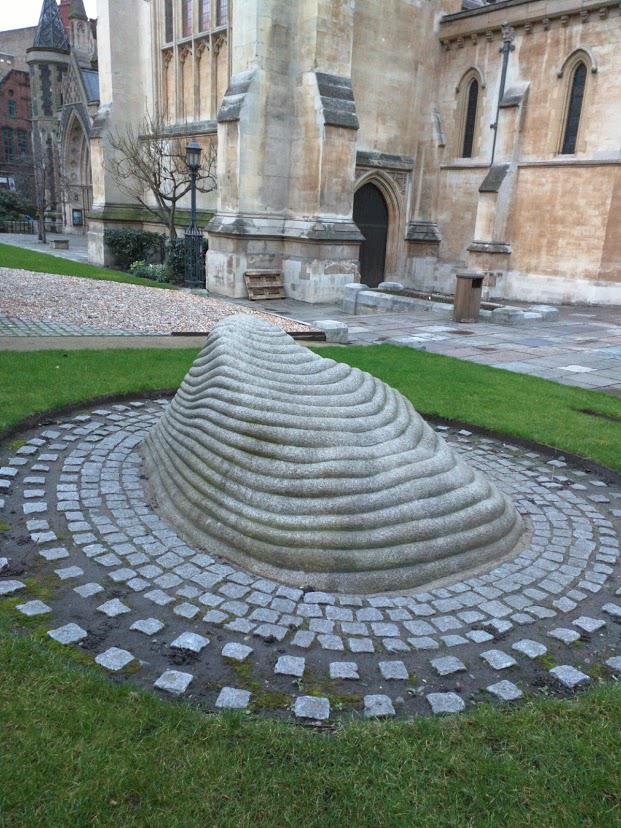
When I’m in London, there is a very specific place I like to go, to sit and think. It’s the churchyard at Southwark Cathedral where there is a special Mohegan rock. Yes, I know it sounds weird. Yet, it’s a memorial to one of my ancestors.
In 1735, Mohegan Sachem Mahomet Weyonomon went to England to petition King George II for better treatment of his people. Despite our people’s cooperation with the British, it did not keep our lands from being stolen by settlers. Mahomet never received an audience with the King. Instead he caught smallpox and died while waiting for the meeting. It was illegal for foreigners to be buried in the city, so his body was taken across the river to an unmarked grave at what is now Southwark Cathedral. One lonely foreigner—forever trapped in England because he cared about his home, an ocean away. His spirit stranded, alone. But now in the churchyard at Southwark Cathedral there is a rock. A Mohegan rock with a placard that truly states all of this. It was brought over by my tribal leaders in 2006 to honor my ancestor. Mohegan Elder Faith Davison passed on his story to them, so he would not be forgotten.
Mahomet cannot come home. So they brought home to him. This is where I go to pray. I visit with this lonely spirit who sacrificed everything for the chance to be heard. In Mohegan, our word for chief, “Sachem,” is connected to our word for rock.
It’s an interesting space: this Mohegan rock in an English churchyard. It’s one of few indigenous objects I can think of that was brought to Europe willingly instead of stolen. A reclamation of story and space in this London landmark that says there is more to this—one of our leaders is here, too, and we want you to know why. This narrative is still missing from so much of America. This rock and this placard was brought to honor, to remember, to tell the story—and it is there for all the world to see. Why are our stories still so deeply buried in America?
I was just a teenager when the rock was brought over—I didn't remember it existed until I came across it by happenstance. Depressed, wandering around London feeling alone—I ended up here. It took me by surprise. Here was a friend I didn't know I had. This monument means the absolute world to me. It declares that our history and our sacrifices matter; it says we know you are here, and you are not alone, anymore. Likewise, I am not alone because he is here. This rock is a connection, a reminder that every generation will make its contribution. Our history matters.
It changes the narrative of the space, or rather it continues it. After hundreds of years, this rock gave Mahomet a little bit of his home back. It also gives me a home in London. A little piece of Mohegan. I have a rock. A sachem. A chief. A leader. A place I can go and pray. A relative to visit.
Being a Native theatremaker isn’t about anyone else’s idea of what Native theatre is or should be, it’s about honoring what is passed down and knowing: if we want to change the narrative, we have the medicine to make that change real.
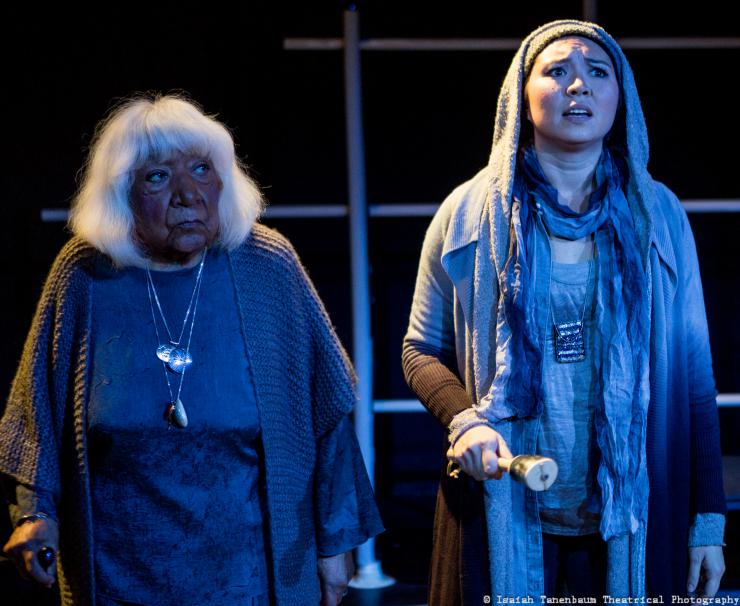
This is why we keep telling our stories. Because that is what we do—for our ancestors and the generations still to come. We have so many stories and—despite what is happening in the United States government—our stories will be told. Native artists are making work and there is more and more of a desire to showcase Native playwrights’ work on the stages throughout this country. The hidden stories won’t be hidden much longer.
Playwright Mary Kathryn Nagle’s play, Sovereignty is being produced now by Arena Stage (which they commissioned); Larissa Fasthorse’s play What Would Crazy Horse Do? is in production at Kansas City Repertory Theatre; Ty Defoe just won the Jonathan Larson grant for emerging musical theatre writers; and Oregon Shakespeare Festival is producing Randy Reinholz’ Off the Rails this summer. These are just a few of the Native artists for whose work there is a greater need now than ever.
When I think of the current state of Native theatre, I think about America. How we fight for our home because it is in our bones and blood. I was taught to preserve, pass down, and innovate for the current moment. The tribe comes first and you adapt, based on what is needed for the tribe to survive. This is what oral tradition is: survival through story.
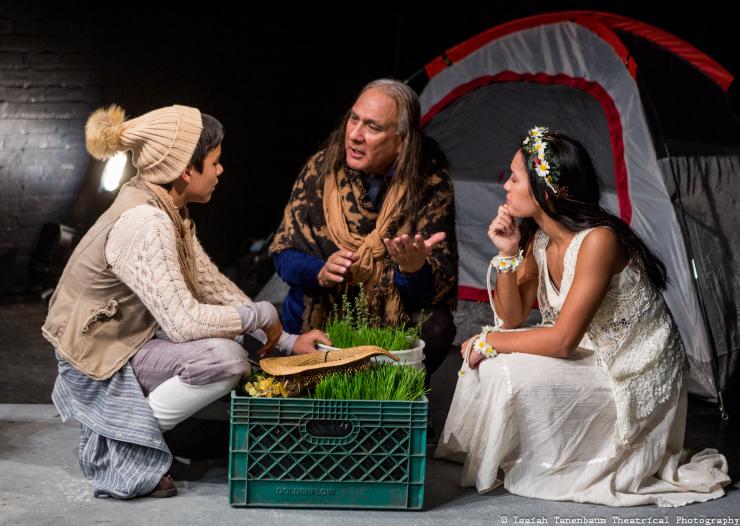
Reclaiming our voices, our spaces of sovereignty, our languages, and ourselves is not a day’s journey.
#NoDAPL has raised Native American narratives to the forefront, and we are not going away. Being a Native theatremaker isn’t about anyone else’s idea of what Native theatre is or should be, it’s about honoring what is passed down and knowing: if we want to change the narrative, we have the medicine to make that change real.
Frequently, I think about how people from different places of origin know that there is a country somewhere where that culture still lives. America is the only place where our Native cultures live. If they are destroyed here, they are gone forever.
Reclaiming our voices, our spaces of sovereignty, our languages, and ourselves is not a day’s journey. It’s the journey that connects us through time to the people who died so we could be here, the people who passed down stories even though they were illegal, and the people who wanted to outlaw those stories, in the first place.
I can’t bring Mahomet Weyonomon home—but I can visit him. I can tell him about our people. That we are still here. I can leave London even though he can’t. I can carry on where he wasn't heard. He died awaiting an audience. We can still give him one. We can tell more stories. The unmarked graves of American heroes are not finished speaking yet.


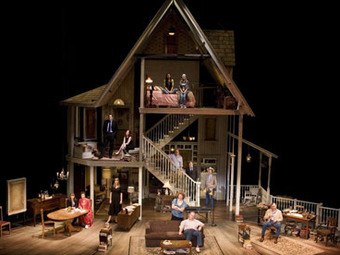

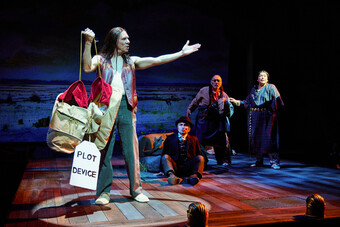

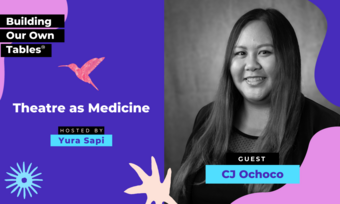


Comments
The article is just the start of the conversation—we want to know what you think about this subject, too! HowlRound is a space for knowledge-sharing, and we welcome spirited, thoughtful, and on-topic dialogue. Find our full comments policy here
A beautiful article, told with love and grace. A must read for anyone who cares about our history as Amerindians. We all have so much to learn from our indigenous sisters and brothers.